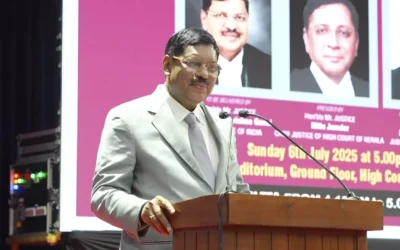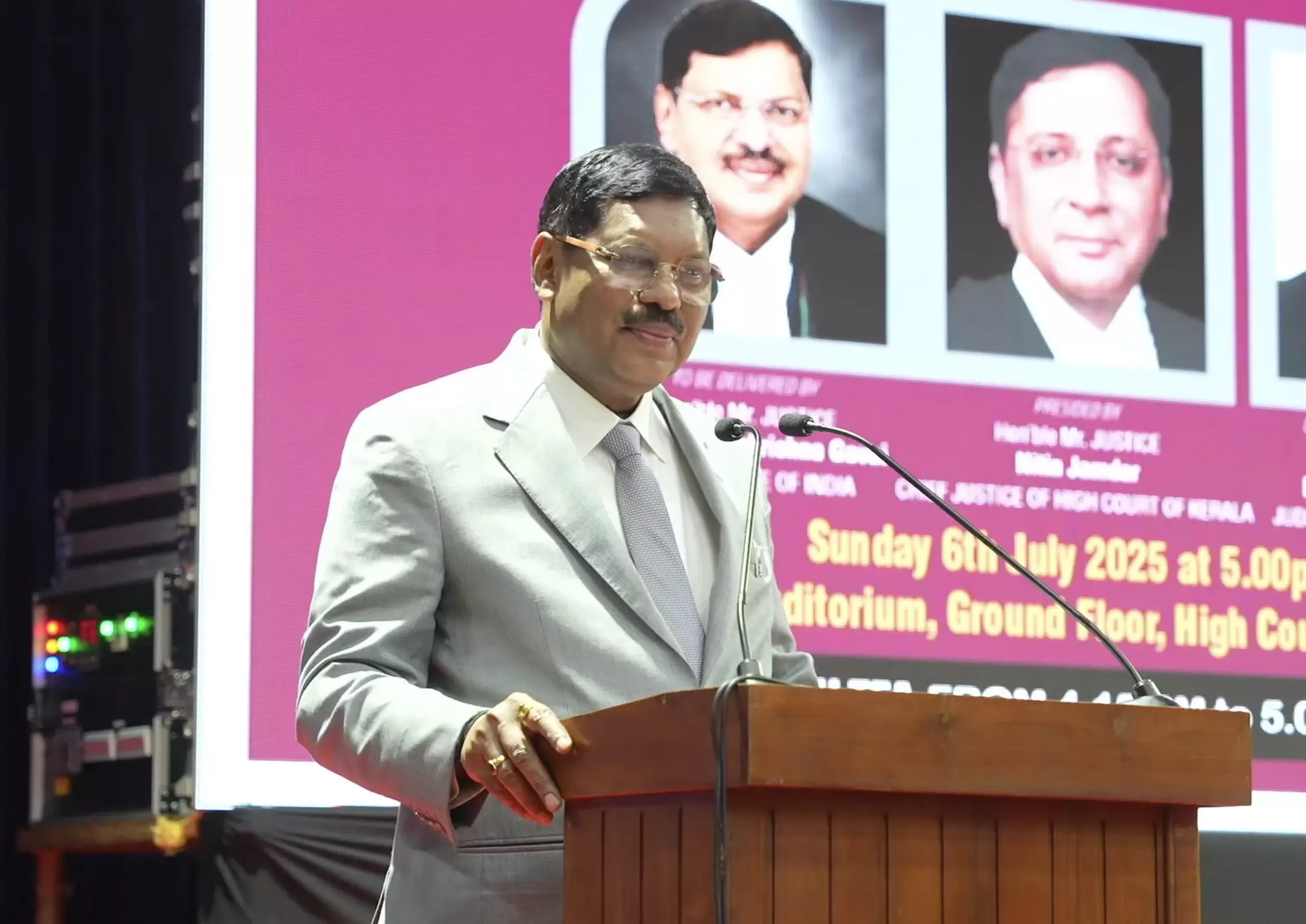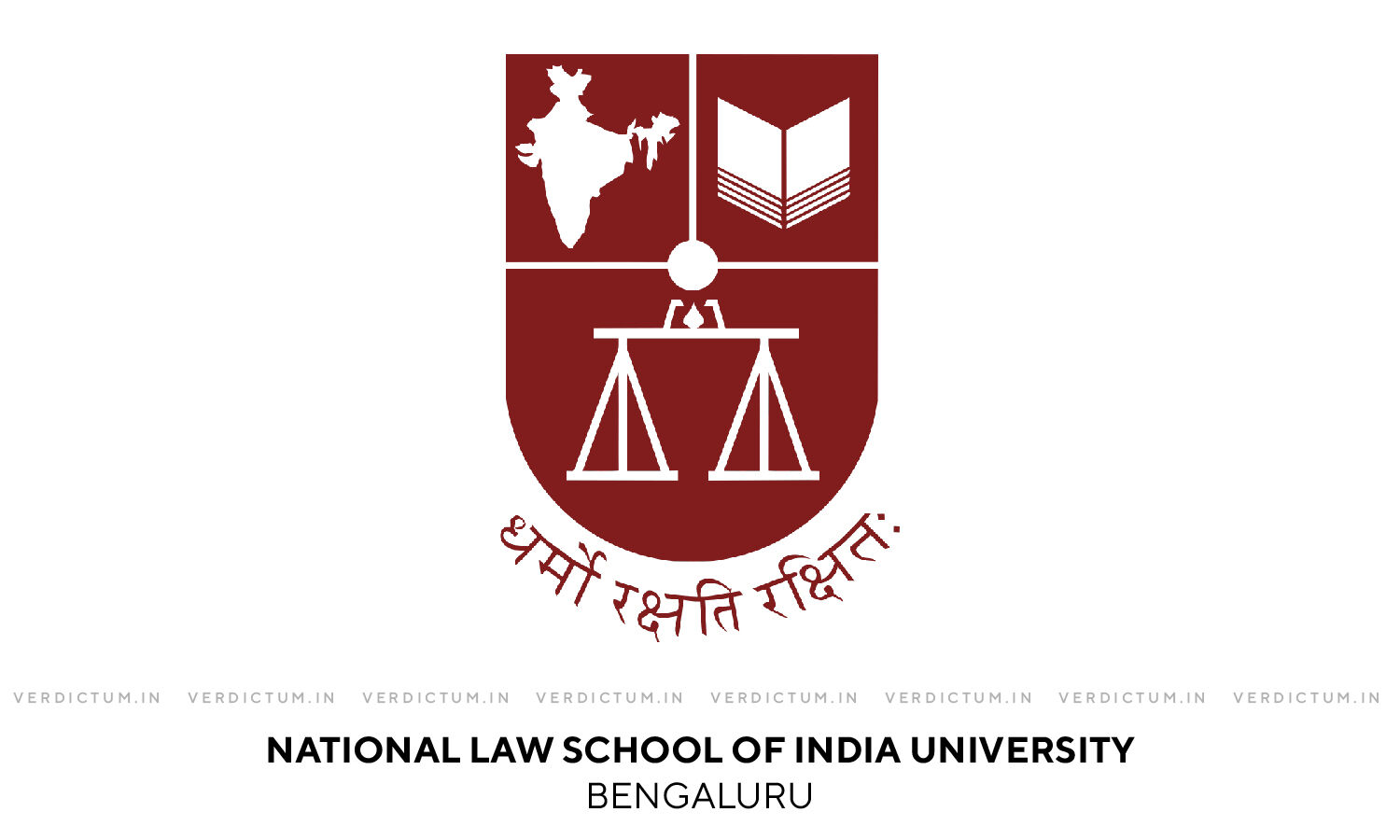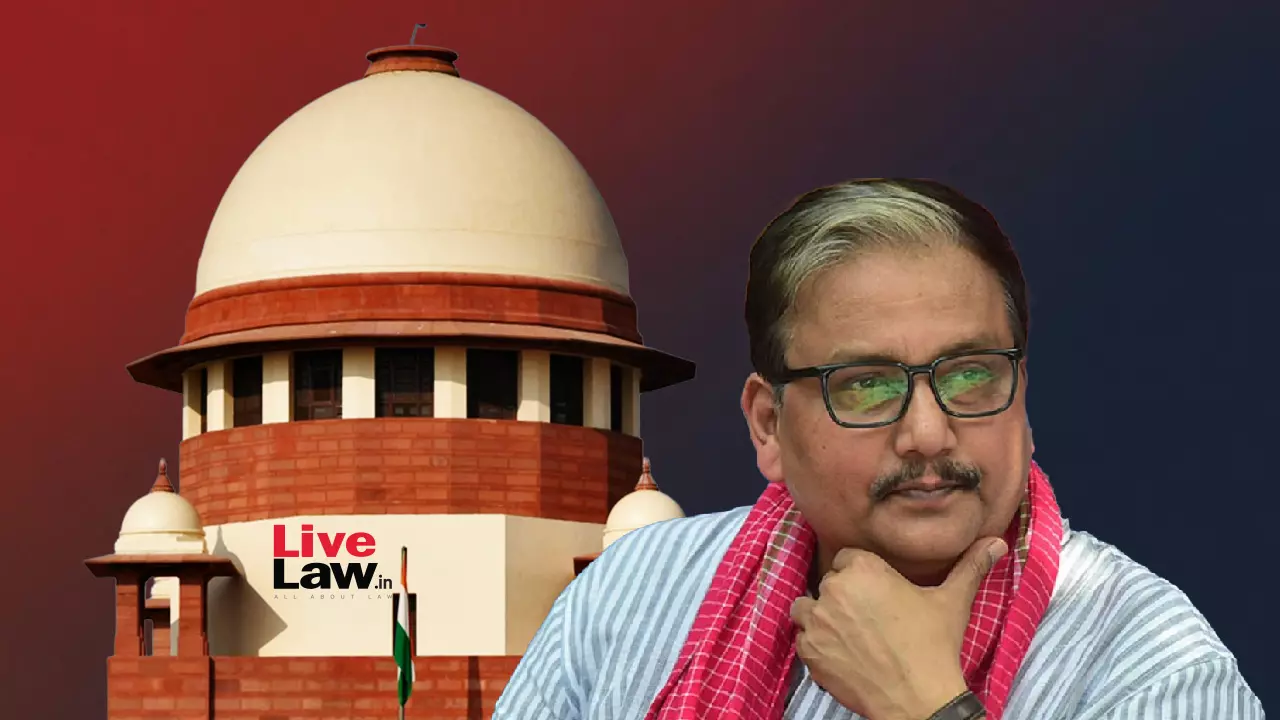Impact of New Tax Regime on Motor Accident Compensation Awards

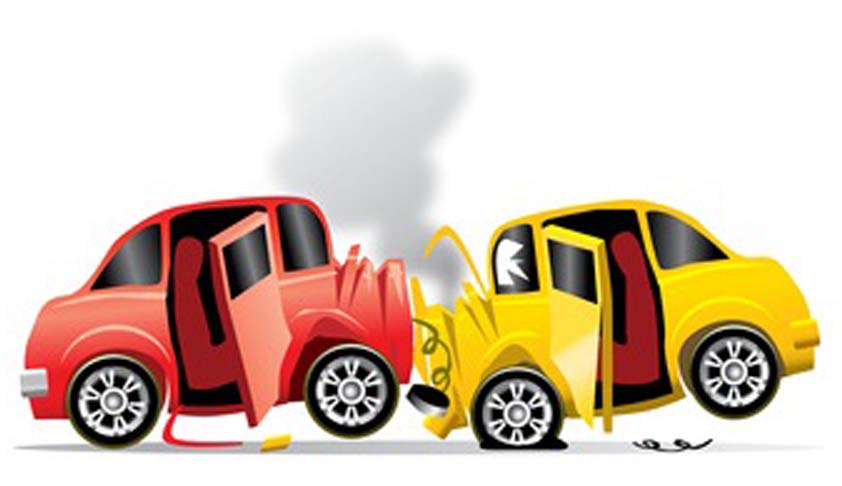
The Union Funds 2025–26 has launched a notable enhance within the primary revenue tax exemption restrict and has redrawn the contours of private taxation by introducing a zero-tax threshold for incomes as much as ₹12 lakh. With the efficient tax exemption, a considerable enhance in return filings is anticipated. For a lot of within the unorganised sector, gig financial system, and amongst self-employed professionals or homemakers incomes modest incomes, the prospect of submitting returns with out incurring a tax burden reduces hesitation and will increase engagement with the tax system.
With the rise within the primary exemption restrict to ₹12 lakh below the brand new tax regime, many people who beforehand prevented submitting revenue tax returns on account of low or irregular revenue or to keep away from tax legal responsibility, now discover it helpful — even strategic — to take action. The latest Union Funds’s revision of revenue tax slabs has triggered extra than simply monetary aid for low- and middle-income earners — it may considerably reshape how motorcar accident compensation is calculated for day by day wage earners, gig staff, casual workers, and homemakers.
In India, compensation awarded below the Motor Autos Act majorly relies upon upon the revenue of the deceased (claimant- in case of damage), age and dependency. Because the compensation is calculated based mostly on lack of revenue after the accident, it will increase because the revenue rises. If legitimate proof of revenue is supplied, the compensation is set based mostly on the precise revenue. Within the absence of such proof, compensation is calculated in keeping with the minimal wages notified by the respective state.
Courts sometimes deal with Earnings Tax Return as the first proof of revenue in motorcar accident circumstances. In National Insurance Co. Ltd. v. Pranay Sethi 2017 INSC 1068, the Supreme Court docket laid down structured tips for computation of compensation, clearly prioritizing precise revenue proof over notional figures. With a rising variety of folks submitting them, compensation awarded is anticipated to develop into fairer and probably greater.
India’s unorganised sector, which accounts for practically 90% of the overall workforce, has historically remained exterior the scope of direct taxation due to low or unrecorded incomes. In Kirti v. Oriental Insurance Co. Ltd. 2021 INSC 6, the Supreme Court docket acknowledged that homemakers carry out measurable financial features, and compensation should replicate that contribution. Additional, the homemakers typically run small-scale companies from dwelling that provide flexibility and require minimal capital like tuition, tiffin providers, stitching, and many others. Additionally in rural households, the ladies are engaged within the farming. Therefore, if this massive workforce begins submitting Earnings tax return, it should definitely affect the compensation calculation within the accident circumstances.
The importance of submitting an Earnings Tax Return (ITR) turns into evident by an instance. Think about a 24-year-old man who tragically loses his life in a motor accident in January 2023, forsaking his spouse and mom. He was employed as a mechanic in Rajasthan. Within the absence of documentary proof proving his revenue and occupation, the Motor Accident Claims Tribunal (MACT) would depend on the Minimal Wages Notification issued by the Rajasthan authorities to find out his revenue. For the yr 2023, the minimal wage for unskilled labour was ₹7,410. Now, think about if an individual information ITR of Rs. 10,00,000/- for a yr as per the brand new enhanced tax slab. Primarily based on this, the lack of revenue could be calculated as follows:
|
State of affairs |
With out ITR (Primarily based on Minimal Wage) |
With ITR (Declared Earnings ₹10,00,000) |
|
Annual Earnings |
₹88,920 |
₹10,00,000 |
|
Add: 40% Future Prospects |
₹35,568 (40% of ₹88,920) |
₹4,00,000 (40% of ₹10,00,000) |
|
Whole Adjusted Earnings |
₹1,24,488 |
₹14,00,000 |
|
Much less: 1/third Self Bills |
₹41,496 |
₹4,66,667 |
|
Web Annual Earnings |
₹82,992 |
₹9,33,333 |
|
Multiplier (Age 24) |
18 |
18 |
|
Whole Lack of Earnings |
₹14,93,856 |
₹1,68,00,000 |
There’s a distinction of Rs. 1,54,00,000/- within the above case by submitting of the ITR (even with none tax legal responsibility). So, we will conclude that if extra folks submitting their ITR, even lower than the edge restrict of Rs. 12 lakhs, it should severely affect the quantity of compensation.
Judicial selections have persistently highlighted the importance of documentary proof in figuring out compensation quantities. Such paperwork might embody wage certificates from employers, enterprise steadiness sheets, and financial institution statements. Nonetheless, revenue tax returns are given the very best weight by the courts. For people within the organised sector, particularly authorities workers, revenue calculation isn’t disputed, as their earnings are well-documented and sometimes supported by ITRs. The dispute typically arises in case of individuals belonging to unorganised sector the place revenue is irregular and could also be given in money. On this state of affairs, ITR performs an important function. Quite a few judgments have reiterated that ITRs, being statutory paperwork, present a dependable basis for the dedication of annual revenue.
Just lately, the Supreme Court docket in New India Assurance Co. Ltd. v. Sonigra Juhi Uttamchand, 2025 INSC 15, whereas figuring out the revenue of the deceased therein had noticed:
“8. ….Month-to-month revenue might be fastened bearing in mind the tax returns provided that the small print of cost of tax are appropriately introduced into proof in order to allow the Tribunal/Court docket to calculate the revenue in accordance with regulation.”
Within the attention-grabbing case of United India Insurance Co. Ltd. v. Indiro Devi & Ors. 2018 INSC 575, the deceased was working within the Meals Company of India. He filed ITR which was greater than the wage obtained by him. The Supreme Court docket upheld the revenue as per the ITR for calculating compensation even when was totally different from the wage certificates. Extra not too long ago, within the case of S.Vishnu Ganga vs M/S Oriental Insurance Company Ltd, 2025 INSC 123, the Supreme Court docket noticed:
“ It’s not res integra that Earnings Tax Returns are dependable proof to evaluate the revenue of a deceased”
The insurance coverage firms at all times take the plea that the revenue shall not be calculated solely on the premise of the ITR filed and there should be another doc to substantiate the revenue. The businesses request to provide wage certificates, financial institution statements, becoming a member of letter of the service, steadiness sheet of the enterprise and many others. to co-relate the revenue with the ITR filed. Nonetheless, it is vitally troublesome within the court docket to ignore the revenue based mostly on ITR. Within the case of Smt. Anjali & Ors. V. Lokendra Rathod & Ors. 2022 INSC 1285 the deceased used to run a enterprise of scrap and in help the appellants had filed the deceased’s Earnings Tax Return for monetary yr 2009-2010 earlier than the Tribunal which confirmed the overall revenue of deceased to be Rs.1,18,261/-, approx. Rs.9855/- per 30 days. The MACT disregarded the deceased’s Earnings Tax Return on the bottom that neither any ITR previous to 2009-2010 nor every other doc with regard to the deceased’s revenue was filed earlier than the Tribunal. The Supreme Court docket held that the Tribunal dedicated grave error whereas estimating the deceased’s revenue by disregarding the Earnings Tax Return of the Deceased after which calculated the revenue on the premise of the ITR filed.
Whereas the Supreme Court docket has persistently upheld the usage of Earnings Tax Returns (ITRs) as credible proof for figuring out revenue in motor accident compensation circumstances, there are situations the place the Court docket has emphasised the need of extra corroborative proof to substantiate revenue claims. Though, it’s troublesome to ignore the ITR, the insurance coverage firms shall put forth the submissions extra successfully with documentary evidences if there are drastic variations between the ITR and the precise revenue. There shall be thorough investigation of the revenue sources of the deceased/claimants and verification of the ITR by way of the division.
In conclusion, the evolving judicial stance clearly establishes Earnings Tax Returns as a dependable and legally endorsed foundation for assessing revenue in motor accident compensation circumstances. These developments underscore the need of sustaining correct and constant monetary data, as such documentation can profoundly affect the quantum. With the introduction of the improved revenue tax slab, not solely are the authorized implications far-reaching, however it additionally serves as an incentive for extra people to file their ITRs. This, in flip, ensures that compensation awards replicate the quantum based mostly on documentary proofs moderately than utilizing minimal wages or notional revenue. The upper quantum of compensation will definitely affect the underwriting strategy of the insurance coverage firms.
Authors:
Hafiz Gouran is an Assistant Supervisor (Legislation) at Oriental Insurance coverage Co. Ltd. &. Noureen Khan is an Advocate at Rajasthan Excessive Court docket.
Views are private

